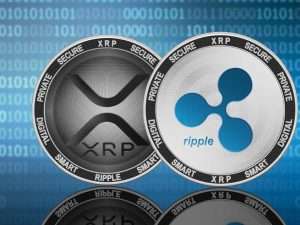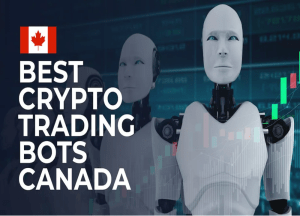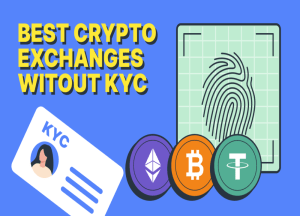What is GPT-4? — Everything you Need to Know about New AI
OpenAI claims that its latest AI model is more secure and more capable of answering inquiries than ChatGPT.
On Tuesday, OpenAI, the company behind the popular chatbot ChatGPT, unveiled a brand new version of its AI system. The company claims that GPT-4 would greatly improve their chatbot and that it can now respond to both textual and visual queries.
In the past few months, artificial intelligence (AI) has exploded in popularity because to chatbots that can have natural conversations with humans. While this technology has the potential to be innovative and helpful, academics have raised concerns about the ethical implications of its capabilities due to the fact that these systems have been demonstrated to highlight biases and disseminate false information.
For years, the AI community has been anticipating GPT-4, as it may signal a watershed moment in the widespread adoption of AI.
What is GPT-4?
The term “GPT-4” doesn’t seem to fit. With GPT-4, OpenAI has released the latest iteration of their big language model systems, which are taught to anticipate the next word in a phrase by consuming vast quantities of text from the internet and discovering patterns via trial and error.
OpenAI refers to GPT-4 as a “big multimodal model” due to its capacity to process both textual input and visual input, and its subsequent textual response.
The premium version of the company’s chatbot, ChatGPT Plus, will offer a streamlined version of GPT-4. After companies are taken off the waiting list, they will be allowed to use it in conjunction with other items. On Tuesday, Microsoft also revealed that the Bing chatbot was utilizing a version of GPT-4 for its AI.
Is there anything GPT-4 can do that ChatGPT can’t?
In November, ChatGPT suddenly exploded onto the scene. Based on user input, the chatbot can create narratives, essays, computer code, a discussion, or just about anything else. Yet, it does not always provide accurate or relevant results.
A previous version of the technology, GPT-3.5, serves as the foundation for ChatGPT’s construction. According to OpenAI’s claims, GPT-4 can score in the 90th percentile of test takers on the Uniform Bar Test. Also, the company claims it is 82% less likely than GPT-3.5 to reply to inquiries for “disallowed content,” making it a more secure option.
According to a video produced by OpenAI on Tuesday alongside the announcement, GPT-4 can process and generate text inputs of up to 25,000 words, a significant increase from the 3,000-word limit set by ChatGPT. According to OpenAI, it has been educated to increase safety and accuracy.
The system can “make dreams, thoughts, ideas grow in words in front of you,” as one OpenAI employee put it in the company’s video release. OpenAI also claimed that the system could provide answers to questions based on the content of an image. But, this feature will not be readily accessible to the general public right now. The firm claims GPT-4 will be superior to its predecessors in its ability to resolve complex queries.
What is OpenAI?
The AI lab in San Francisco was founded in 2015 as a non-profit with the goal of creating AGI (artificial general intelligence), or software on par with human intelligence. The company’s CEO, Sam Altman, along with Elon Musk and wealthy venture capitalist Peter Thiel, contributed $1 billion to get it started. (Musk ultimately decided to leave the company.)
The company was concerned about a future in which large tech corporations like Google monopolized the benefits of artificial intelligence (AI). The organization’s mission was to create open-source AI software and make it widely available by making the development process public. Microsoft later made an investment in OpenAI, and the two companies collaborated on the creation of a chatbot early this year.
OpenAI’s Dall-E picture generator, which it made available to the public last year, contributed to the company’s technology going popular before ChatGPT did.
What gives with all the recent buzz about AI chatbots?
You’ve been using AI for years, as it has been present in your software, search engines, and smart speakers for a long time. Facial recognition to unlock your phone, Google searches, and automated spell checks are all examples of artificial intelligence at work.
The public release of ChatGPT in November, however, surprised many with how far the technology has come and how naturally it seems to communicate with users in plain-language text.
Since then, a number of other well-known businesses have disclosed additional information about their own AI plans. Microsoft, in collaboration with OpenAI, has produced a chatbot as part of its Bing search engine. According to Google, their bot is called Bard. Meta, Facebook’s parent company, has also been developing related tools.
The overwhelming public response to ChatGPT has escalated the AI arms race among internet titans, leading to internal pressure to advance the technology more quickly than originally envisaged.










